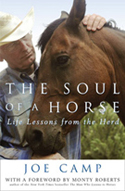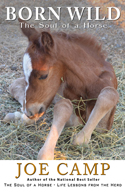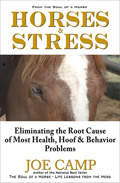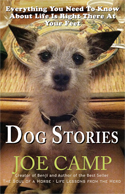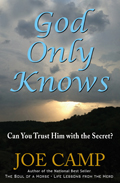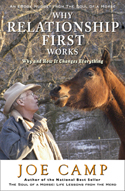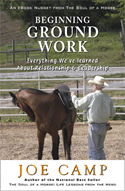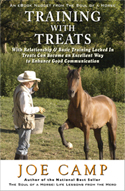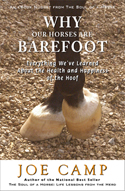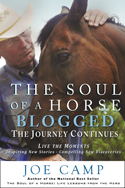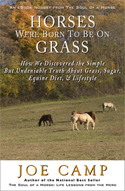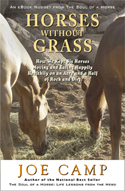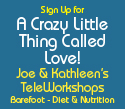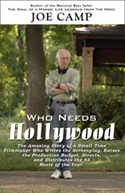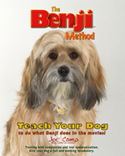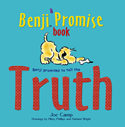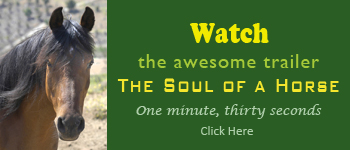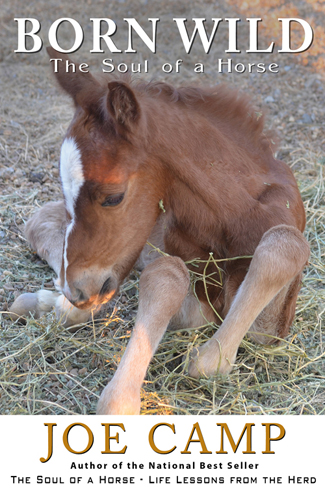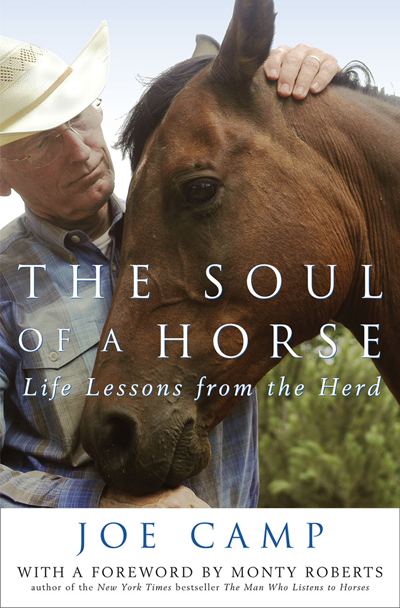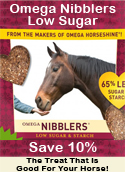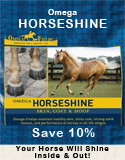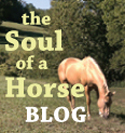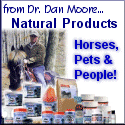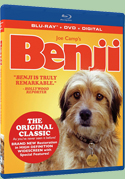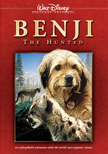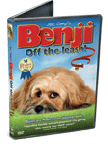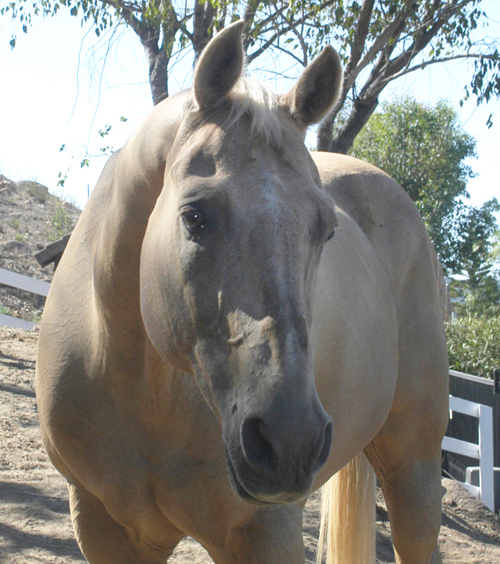
March 16, 1987 – November 9, 2016
It’s true that a horse who doesn’t like to jump, or rope, or cut cattle, or run barrels, or race can be made to do it. If the horse is strong and athletic, he can probably be made to do it pretty well. But doesn’t it stand to reason that if the horse really enjoys doing something, he will do it better than if he doesn’t? And he’ll be a happier horse. And he and his human will have a better relationship. And he’ll be without the stress that comes from doing what he hates, or what he is mortally afraid of doing. Which means he’ll live longer.
And if participating in the competition is of his choice because he likes doing it, and if he’s been taught well, there will be no need for force. Or cruelty.
What kind of force or cruelty?
When Dr. Matt was out to vet check Kathleen’s new Skeeter, he ran his hand gently across the big palomino’s rib cage. There were thirty or forty small dimples in the coat and skin. On both sides. Dimples like you might see in someone’s chin.
“Know what those are?” he asked.
“No idea,” we said.
“Internal scars from spurs.”
Our mouths dropped open. And we choked back tears. Skeeter was eighteen at the time, a beautiful eighteen-year-old quarter horse, who had done some dressage but was mostly used as a roping horse in competitions.
This is the sweetest horse you could ever want to meet. As willing and well-mannered as Cash. Without a mean or ornery bone in his body. Yet somewhere back in his history, some human was so obsessed with ego that spurs were used violently enough to leave more than eighty scars in his sides. There is simply no acceptable excuse for that sort of treatment of another living being.
Either Skeeter didn’t like what he was doing and had to be forced to do it with extreme spurring or he hadn’t been well trained and therefore didn’t understand what he was doing well enough to do it without injury.
He came to us with shoes on all four soup-can-like feet, and when he joined the herd in our natural pasture he pretty much convinced us that he had never lived out of a stall. For a while he seemed to not know what to do with all the space. He just stood around bug-eyed for several days and watched the others. Eventually, he assimilated, but even now he still seems to be amazed that life can be so good. And we’ll not take that away from any of them.
“But ugghh, being in a natural pasture 24/7 they stay so dirty.”
“Horses do like to roll.”
“I like my horses clean.”
That conversation actually happened. What was best for the horse was of no concern. What the human liked was the issue.
There’s a photo of a stalled horse in Horse & Rider magazine. Below the photo is this headline: I AM CONFINED… THEREFORE I AM AT RISK. The subhead: Confinement-related stress can cause stomach ulcers in your horse – in just 5 days. It’s an ad promoting medication for the ulcers. Not a word about eliminating the source of the stress or any discussion about other health problems that could be caused from a stress so tormenting that it produces stomach ulcers.
That same stress, according to an interview in the same magazine with Dr. Katherine Houpt, a leading animal behaviorist at Cornell University, is responsible for virtually all of the so-called stall vices. Pawing, weaving, head bobbing, stall kicking, cribbing, wind sucking, wood chewing, and tongue lolling are all a direct result of the horse not being out with the herd, moving around, munching most of the time, with lots of grass or grass hay in his diet. Getting the horse out of the stall is all it takes. According to Dr. Houpt, these “vices” have never been observed in horses who live as mother nature intended. Considering the number of products being advertised to “solve” these problems, one has to offer kudos to Horse & Rider for having the courage to even publish such an article.
And so it goes.
Humans have the most extraordinary ability in the world to rationalize.
When Dr. Matt came by to do the vet check on Skeeter, he was wielding a huge oval shaped stone, much larger than a softball. It looked like a rock out of our pasture… but it was out of a horse. A horse who had been fed a diet of 100% alfalfa. Alfalfa is not grass hay, it is a legume, and alfalfa grown in the southwestern part of the United States is very high in magnesium and calcium, the building blocks of stones. Per pound, there is actually four times the amount of calcium in our alfalfa than the average horse needs. An epidemiology study at the University of California Davis concluded that 95% of horses referred for enterolith (stone) surgery had been eating a diet made up of more than 50% alfalfa. Yet Dr. Matt estimates that a majority of horse owners in our area feed 100% alfalfa. He does surgery regularly to remove these stones, and several times a year he has to put horses down because they’re too far gone, the stones too big. Like the one he was holding in his hand.
Why do they do it? With all the information available about equine nutrition, why would anyone feed straight alfalfa?
“We work our horses hard. We’re riding three or four times a week. We need them to perform. Go fast. Alfalfa keeps them hot.”
Is there another way to keep a horse’s energy level up without ingesting so much calcium and magnesium? Of course there is. But it might cost a bit more. Or take a bit more effort.
Eighteen-year-old Skeeter was on straight alfalfa when he came to us. We tapered him down to 20% alfalfa and 80% free-choice coastal Bermuda, plus a scoop of Triple Crown Safe Starch forage in a bag (we call it chopped salad) to carry a few supplements. He lost a bit of weight, apparently accustomed to the energy and protein in alfalfa. So we studied a bit, spoke with Dr. Matt, and added a bit of rice bran. His weight has been fine since the change, he’s a happy camper, and he’s not getting those excessively high doses of calcium and magnesium that can cause huge life-threatening stones. And he is getting free-choice grass or grass hay around the clock, which is an absolute necessity with horses because unlike humans whose digestive acids turn on and off depending upon whether food is present, the horse’s hind gut manufactures digestive acids around the clock designed to work on only grass. Not pellets, or alfalfa, or any of the other things that are digested elsewhere. So if the grass is not easing into that hind gu, little by little, 18-20 hours a day there there’s nothing for that hind gut acid to work on but the horse itself.
The horse has taken care of himself for millions of years. It only requires a bit of research, effort, and imagination for us to figure out how to help him replicate as much of that life in the wild as possible that will cause him to be happier, healthier, and live longer.
Why would we not?
Kathleen used to laugh that we had six horses: mine, and the five she went through trying to dispel her fears. For various reasons, each horse came up too much for her, or so she thought. Until Skeeter. He had pretty much seen it all in his eighteen years, a seasoned veteran who had been around the block, and not much bothered him. His roping career had taken him all over the place, in and out of trailers, arenas, stalls, all furnished with noise, strange goings-on, and raised adrenaline. He was a good home for Kathleen and, after Join-Up, gave her plenty of calm and quiet to practice her training and riding skills. To build her confidence. He taught her well, and now she rides and works with everyone in our herd, except Cash. And I don’t think she’s far from taking a turn with him.
If she had continued to work with a young, feisty, easily excitable horse, even with Join-Up, and extensive work on the ground building relationship, leadership, and control, I don’t believe she would’ve ever effectively been that horse’s leader, be what he needed to respect her. There was too much fear and worry blocking her concentration. It was the wrong horse for her to be riding at that stage of her development.
But with Skeeter, she was able to focus, and teach, and learn. Skeeter would’ve been 30 in March. And he’s been a really good uncle to Mouse and Firestorm.
From the day he arrived at our place back in California, watching his expressions has tickled me to laughter. He loved his new life, but his scrunched eyebrows and big questioning eyes seem to belie a fear that any minute he might be awakened from a spectacular dream.
He wasn’t. That was our promise to Skeeter. He has left such a huge hole in our herd and our hearts. Kathleen’s words: “Thank you Skeeter for being the best teacher ever….limitless patience and grace. Gallop with reckless abandon!”
Skeeter
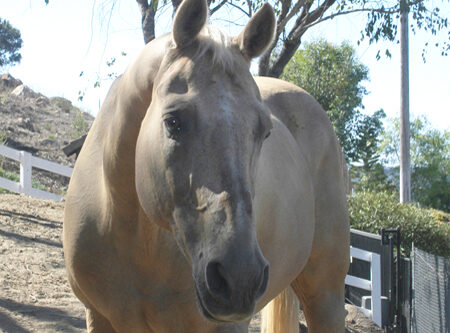
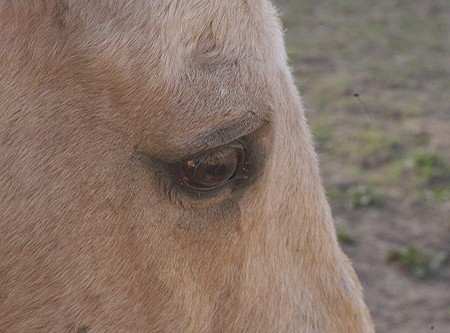
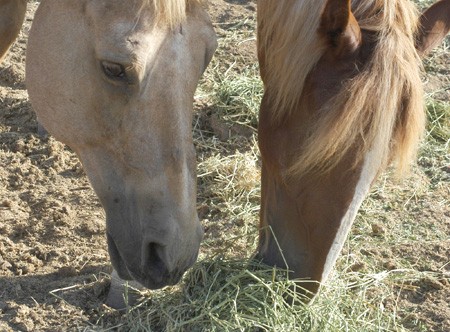
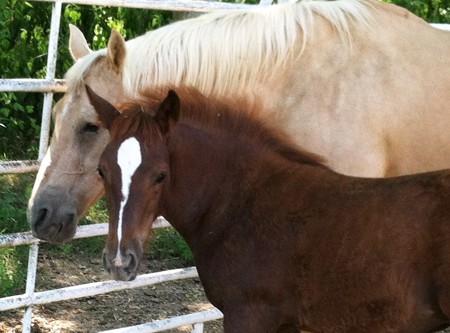
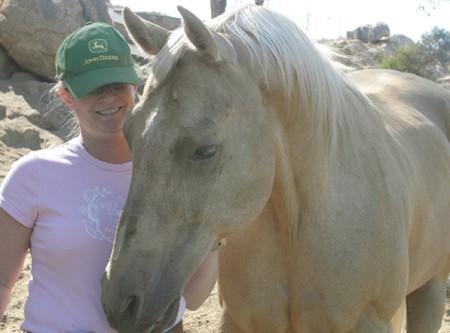
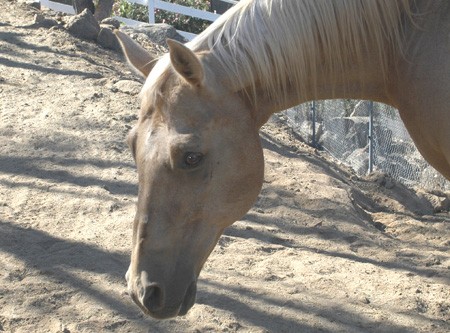
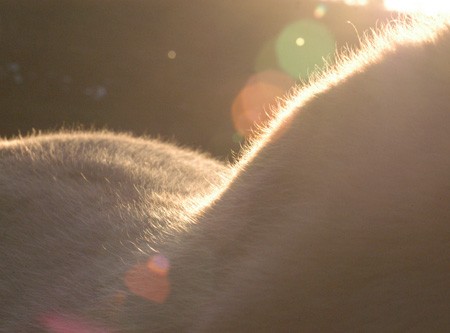
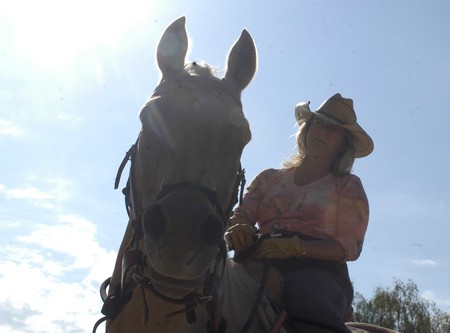
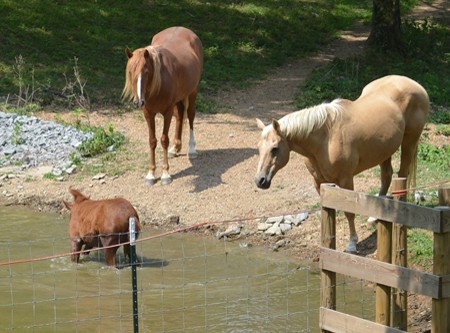
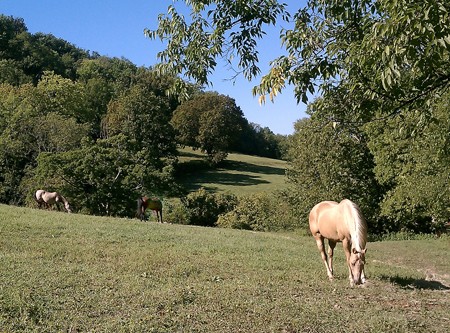
To pause a photo, hover your “mouse” over it.
The above are edited excerpts from the best selling book
The Soul of a Horse – Life Lessons from the Herd.
Return to Meet Our Horses
——
The story of our journey with horses (to date) is told in the two books that follow: the national best seller The Soul of a Horse – Life Lessons from the Herd and its sequel Born Wild – The Soul of a Horse.
And what a story it is as two novices without a clue stumble and bumble their way through the learning process so that hopefully you won’t have to. If you haven’t read both of these books already please do because with that reading, I believe, will come not just the knowledge of discovery but the passion and the excitement to cause you to commit to your journey with horses, to do for the horse without waiver so that your relationship and experience will be with loving, happy and healthy horses who are willing partners and who never stop trying for you. Horses like ours.
The highly acclaimed best selling sequel to the National Best Seller
The Soul of a Horse – Life Lessons from the Herd
#1 Amazon Best Seller
#1 Amazon “Hot New Releases”
Amazon & Kindle
B&N
Order Personally Inscribed Copies of Born Wild
Order Both The Soul of a Horse & Born Wild – Save 20%
Both Personally Inscribed
Please list the names for each inscription in the “instructions to Seller” field as you check out!
Read More About Born Wild
Read More About The Soul of a Horse
Watch The Soul of a Horse Trailer
Watch the Born Wild Trailer
But first read the National Best Seller that started it all:
Amazon & Kindle
Barnes & Noble
Order Personally Inscribed Copies of The Soul of a Horse
Order Both The Soul of a Horse & Born Wild – Save 20%
Both Personally Inscribed
Please list the names for each inscription in the “instructions to Seller” field as you check out!
Read More About Born Wild
Read More About The Soul of a Horse
Watch The Soul of a Horse Trailer
Watch the Born Wild Trailer
“Joe Camp is a master storyteller.” – The New York Times
“One cannot help but be touched by Camp’s love and sympathy for animals and by his eloquence on the subject.” – Michael Korda, The Washington Post
“Joe Camp is a natural when it comes to understanding how animals tick and a genius at telling us their story. His books are must-reads for those who love animals of any species.” – Monty Roberts – Author of New York Timers Best-seller The Man Who Listens to Horses
“Camp’s tightly-written, simply-designed and powerfully drawn chapters often read like short stories that flow from the heart.” Jack L. Kennedy – The Joplin Independent
“Joe Camp is a gifted storyteller and the results are magical. Joe entertains, educates and empowers, baring his own soul while articulating keystone principles of a modern revolution in horsemanship.” – Rick Lamb – TV/Radio host – The Horse Show
Visit The Soul of a Horse Channel on YouTube
Hopefully, you’ll also want to read
one or more of these:
Hover your cursor to pause the slideshow
Click any book cover below to read more or purchase










Go to TheSoulOfaHorse.com Homepage
Visit The Soul of a Horse Channel on YouTube
Follow our latest journey with two amazing new arrivals from the wild. Kathleen’s terrific photos are worth the click
In chronological order:
What an Extraordinary Weekend!
Firestorm’s Amazing First Day in the Playpen
No-Agenda Time – So Much Value!
An Amazing Birthday Gift from a Wild Mustang!
Saffron and Firestorm – Progress and Photos – Lots of Both!
For more current posts go to the blog homepage and scroll down















